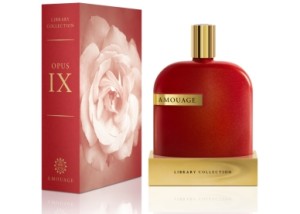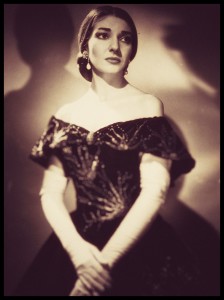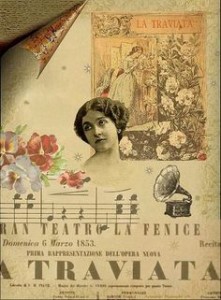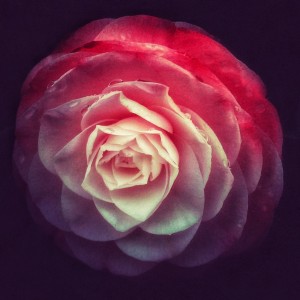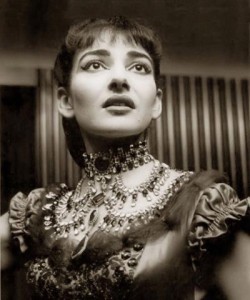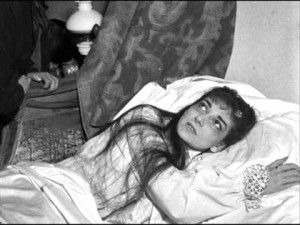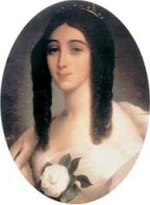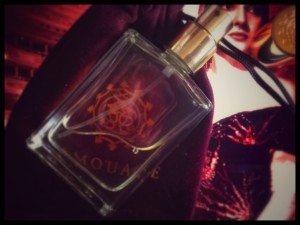Opus IX debuts June 1 (it will be priced at $355
Opus IX is the latest addition to Amouage’s luxurious Library Collection, an assembly of diverse and densely constructed formulae launched initially in 2010. They are designed to be out of time, reckless, a cunning initiation of gaudy brilliance and sensual privacy. The Omani brand showcases the region’s distinctive olfactory history and potential market force as a manufacturer of luxury perfumes. I was born in Bahrain and spent childhood time in Saudi Arabia travelling with my parents, so the traditions of combining powerful fragrant oils and smoke on skin, fabric and in hair is something I remember vividly from growing up. Even now working in the perfume business, one of the things I love about my Middle Eastern clientele is their aromatic bravery; wearing three or more scents together, overlapping styles to create their own shifting olfactive weather.
Christopher Chong Creative Director of Amouage (photo courtesy of Christopher Chong)
From 2006 onwards under the guidance of CEO David Crickmore and Creative Director Christopher Chong, Amouage has developed into one of the world’s most recognisable luxury perfume houses, the house has become a byword for the use of sensual, Middle Eastern materials in scent, balms, rare resins, decadent roses, swooning animalic ouds and veritable desert caravan of extraordinary spices.
Maria Callas as Violetta in La Traviata Lisbon 1958
The Library Collection is a little different from the brand’s regular offerings; an anthology of detailed tomes offering a more refined and complex vision. Created in collaboration with Nathalie Lorson and Pierre Negrin, Opus IX is described by Christopher Chong as a fragrance in three acts, tying neatly in with the regular head, heart and base note structure of a scent. The three acts in question being operatic, Verdi’s tragic masterpiece La Traviata in fact and most specifically the Lisbon Traviata of 1958, with Maria Callas in the role of doomed courtesan Violetta, singing at the height of her always controversial and divisive powers. Now I’m not an opera fan I’m afraid, hip-hop and electro are more my thing, but there are perhaps a few operatic voices I admire and I’m familiar with the story of La Traviata as it is based on La Dame aux Camélias by Alexandre Dumas (fils), a novel I know well in French which I revisited again.
La Traviata La Fenice Opera House poster
Giuseppe Verdi’s work with a libretto by Francesco Maria Piave debuted on the 6th March in 1853 at the La Fenice Opera House in Venice. An opera in three acts, three acts so demanding it is said that a different kind of voice is needed for each act.
The role of Violetta is written for a coloratura soprano, a more ornamental incarnation of the soprano voice. The word coloratura means ‘deliberate ornamentation of a melody’ and the coloratura soprano as exemplified by Maria Callas, has a high vocal range capable of injecting complex emotional drama into the music by executing embellishments such as trills, staccatti and running vocal passages. It is this that makes their performances so compelling and sometimes unpredictable.
Maria Callas as Violetta in Verdi's La Traviata
Callas inhabited her roles with immense violence, she was a rarity among opera singers in that she could genuinely act and emote on stage as well as sing. The Lisbon Traviata is legendary among Callas lovers for the bravura performance of her emotional voice. Despite being shaky in some of the upper register, this only seemed to add to the poignancy of her portrayal of the anguished and conflicted Violetta, a role she played sixty-three times in her career.
Camellia flower (TSF)
Opus IX attempts in olfactive form to capture the intensity of Violetta’s life. It is a big scent, bold and strident, dazzling out of the bottle with enough metal-edged jasmine to fill a hundred old opera houses to their gilded rafters. A constructed imaginary camellia accord is suggested in the top, a certain creaminess and romance appropriate to Violetta’s fragile consumptive state, an aromatic reference to her emblematic bloom.
Maria Callas as Violetta in La Traviata by Giuseppe Verdi, Lisboa, 1958
The first act of the opera takes pace in Violetta’s Paris house where she holds her supposedly notorious salons and entertains her lovers. There is a party, the mood is buoyant and a man, Alfredo, confesses he loves her despite knowing she is a courtesan and wholly unsuitable for a man of his class and standing. Act I of Opus IX is correspondingly vivacious and dramatic, a whirl of that insistent jasmine, a symbol perhaps of Violetta’s piercing and undeniable presence. The spicy bite of black pepper is a night thing.. a shadow perhaps of things to come, it gnaws into the floral cacophony, mingling a little with the rising balms and animalics from below. I smell fire, a huge blast of petrolic fumes each time I spray it as if a naked flame would burn the stage to the ground.
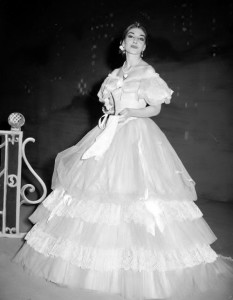
Maria Callas La Traviata
Act II of the opera brings us to a brief hiatus of bucolic charm as Violetta, having abandoned her former life, settles in her country estate with Alfredo and tries to pretend to be happy. But her past casts long shadows. Alfredo’s father visits, his daughter is getting married. Alfredo and Violetta’s scandalous liaison will stain any future happiness for the family. He wants her to break off her engagement to his son. She refuses at first and then reluctantly agrees to relinquish Alfredo for the sake of the family’s honour. This act of sacrifice quietly impresses Alfredo’s father who is persuaded that this beautiful ex-courtesan is a woman of honour. Act II of Opus IX is a slow affair of seething creamy woods and contradictory peaks of bitter sweat-stained glove leather and an unusual acrid beeswax note that La Traviata smears brutally through the midsection, this mix sits on the skin with a powerful, assaulting intensity. There is an interesting instability to the middle part actually; you can sense the imminence of end.
Maria Callas as Violetta dying Lisbon La Traviata Act III
Act III of is inevitably soaked in sadness as Violetta’s tuberculosis finally ravages her. There is a duel for her honour and affection, reconciliation and her death in the arms of her beloved Alfredo. It is one of the greatest roles in opera and the Lisbon performance by Callas in 1958 is considered by many to be one of the all time great interpretations. What Callas may have lacked occasionally in technique and subtlety she more than made up for in her extraordinary physical interpretation of roles, living and breathing them as if her very life depended on them. Act III of Opus IX is rather sombre and darkening in sympathy, the dirty, sorrowful base notes of amber and civet seemingly adrift in the enormous sea of fading jasmine. Vetiver is listed, but I can’t smell this, it seems lost in the petrolic mist of waxen salinity that rises rather beautifully in the final stages.
Maria Callas at the Opera 1956 in a camelia strewn floral gown
There is no doubting the bravura intention and execution of Opus IX, it packs an emotive punch and feels very different in tonality and style to anything else in the Library Collection. I like the correlation between the scent and the drama of Callas’ performance in the Lisbon Traviata. How much you believe in it depends on your acceptance of Amouage’s storytelling art. Christopher Chong tells it with charismatic coloratura conviction. There are a few wobbles in the lower register, an olfactory stumble in the mid section but the overall performance is one of fiery floral beauty, fiercely supported by wonderful waxen woods and haunting leather sadness. As the curtain falls, you will remember this as one of most unusual and emotional Amouage perfumes in years.
Disclosure – Press sample 30ml bottle of Opus IX kindly supplied by Christopher Chong at Amouage, opinions my own.
–The Silver Fox, Editor and Author of The Silver Fox
Marie Duplessis
Marie Duplessis, the Parisian courtesan renamed Violetta Valery in La Traviata tragically died of tuberculosis at age 23. She was the doomed heroine Margueritte Gautier most famously to another lover Alexandre Dumas (fils) who wrote "La Dame aux Camélias", and inspired French perfumer Anais Beguine's fragrance of the same name. Art Direction: Michelyn Camen, Editor in Chief
Amouage Opus IX image by TSF
We have a 10 ml decant from our press bottle of Opus IX for a reader in the USA, Canada or the EU (since we plan on buying the full bottle). To be eligible you must be a registered CaFleureBon reader. Please leave a comment with what appeals to you about Opus IX, where you live and if you have a favorite Amouage perfume. Draw closes May 29, 2015
We announce the winners on our site and on our Facebook page, so Like Cafleurebon and use our RSS option…or your dream prize will be just spilled perfume

